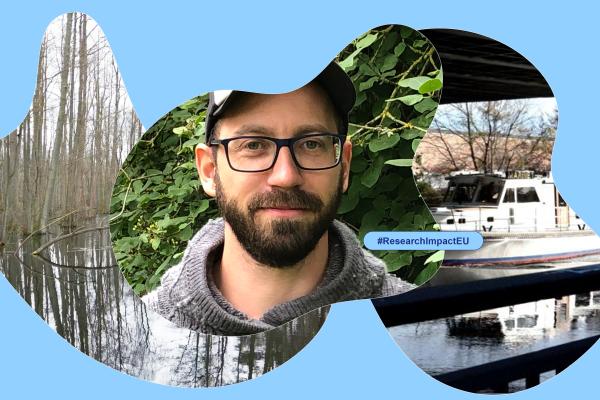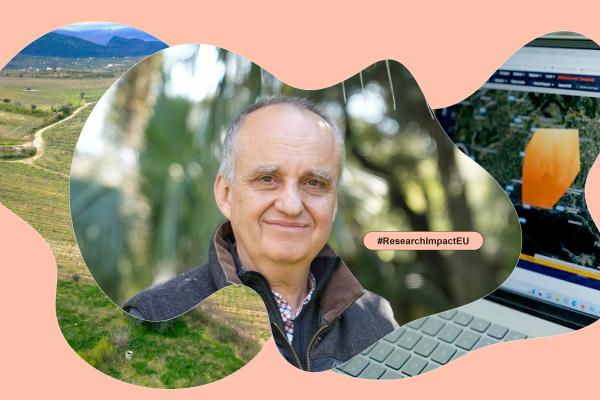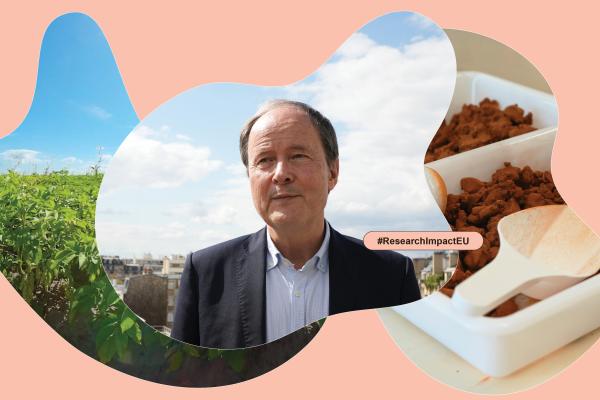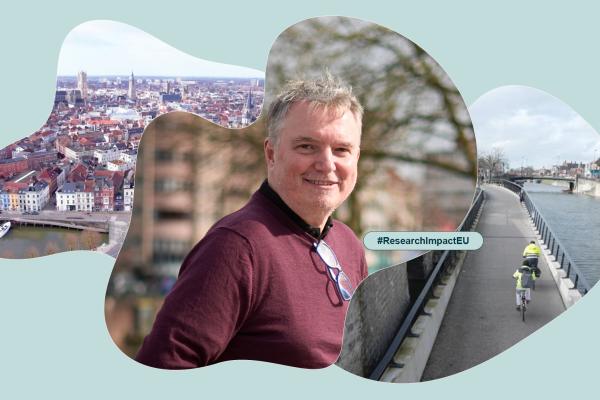On a mission to beat cancer
‘A single technique cannot give you the answers you need’
Dr Taroni and her team at the SOLUS project have developed a new medical imaging tool that can determine whether irregularities detected by breast cancer screening programmes are benign or malignant.
Breast cancer is the most common cancer among women in Europe and around the world, and while the roll-out of screening programmes has helped save lives by identifying cancer earlier, they also carry the risk of false positives. Women who undergo routine scans throughout their lifetime have a 50% chance of getting a false positive result. This requires invasive biopsies to determine whether the lesion is indeed harmful or not.
The work of the experts at the San Raffaele Hospital in Milan who teamed up to tackle this problem will mean that cancer diagnosis in Europe and around the globe will be smoother and more accurate.
Putting patients first
To reduce the impact of these invasive biopsies and improve the patient experience, the scanner developed by Dr Taroni and her team combines three different kinds of medical imaging.
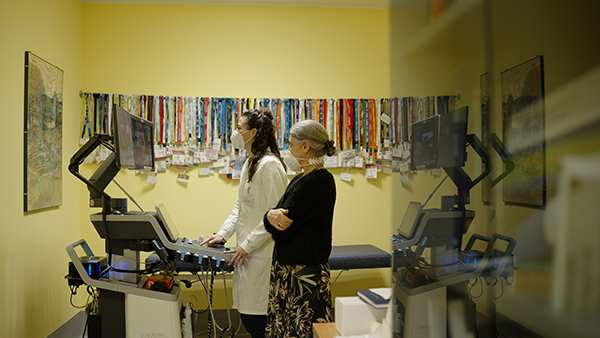
By bringing together ultrasound, optical imaging and optical reconstruction, it is possible to determine the shape of the lesion, as well as its density and composition. While each of these techniques alone tells doctors something about a lesion, combining them in one device gives a more complete view. With this information, doctors hope to be able to determine whether a lesion recognised by a mammography is benign or malignant without having to perform a biopsy, an invasive procedure that puts a strain on medical resources and creates considerable anxiety for patients.
“Well-targeted science and innovation are playing a vital role in improving our societies and helping solve the concrete problems we face.
The tool is now undergoing clinical validation at the San Raffaele Hospital in Milan, but arriving at a workable prototype was not always straightforward. ‘We had a lot of very fancy electronics in the probe and we had to squeeze everything into a very small room,’ she notes.
Even after a first prototype had been developed, a second model had to be produced, because of the challenge of fitting the three imaging techniques, which included specially designed lasers and detectors, and even water cooling technology into a single hand-held device. This endeavour is a challenge in itself for any group of researchers, but the distance imposed by COVID-19 lockdowns for teams spread across Europe added to the difficulty.
International collaboration
If the logistics of collaboration were made more difficult because of the pandemic, Dr Taroni is quick to underline the dedication of the different researchers who contributed to the development of the scanner. Experts from France, Italy and Germany with different specialisms gave inputs for the different kinds of imaging. Researchers from the UK contributed to the optical reconstruction on a day-to-day basis.
“The work of the experts at the San Raffaele Hospital in Milan who teamed up to tackle this problem will mean that cancer diagnosis in Europe and around the globe will be smoother and more accurate.
‘Everybody has done for sure more than expected,’ she underlines. This involved researchers like herself from an academic background, private companies, but also the doctors from the San Raffaele Hospital where they were based.
The hospital has a strong background in breast cancer screening and care, but they were also, she notes, particularly open to working together for this mission. ‘Research is something that they like’ but ‘patients obviously come first’, so she is particularly grateful for their involvement.
The inputs of such a diverse mix of teams was the key to the success of their work. ‘I do research in academia,’ Dr Taroni notes, ‘sometimes it’s hard for us to get to the real world’, which meant that the input of Dr Pietro Panizza, the head of the breast radiology unit at the hospital, was important.
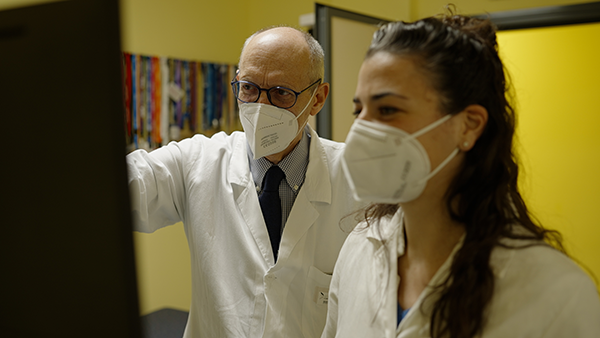
Looking forward, Dr Taroni is optimistic about the prospect of working together on other applications of the technology they have developed, for example in assessing the success of chemotherapy treatment. ‘I would love to have another chance to keep working with the same people,’ she says.
This is a key example of how well-targeted science and innovation are playing a vital role in improving our societies and helping solve the concrete problems we face.
Science, research and innovation: our secret ally
This research is part of the EU’s efforts to discover new ways to prepare for climate change, protect our oceans and waters, and fight cancer. Together, EU countries can work more effectively, by pooling funding and expertise from around the world, coordinating international efforts, and benefitting from local knowhow.
Thanks to EU investments, it is possible for international research collaboration to address challenges too big to be addressed by one country alone.
Join researchers on a mission to protect our planet and society, by sharing, liking and following the stories of #ResearchImpactEU."
Research and innovation for the European Green Deal
We are on a mission for 2030!
Explore the European Research and Innovation Exhibition where we showcase concrete solutions for our greatest challenges


